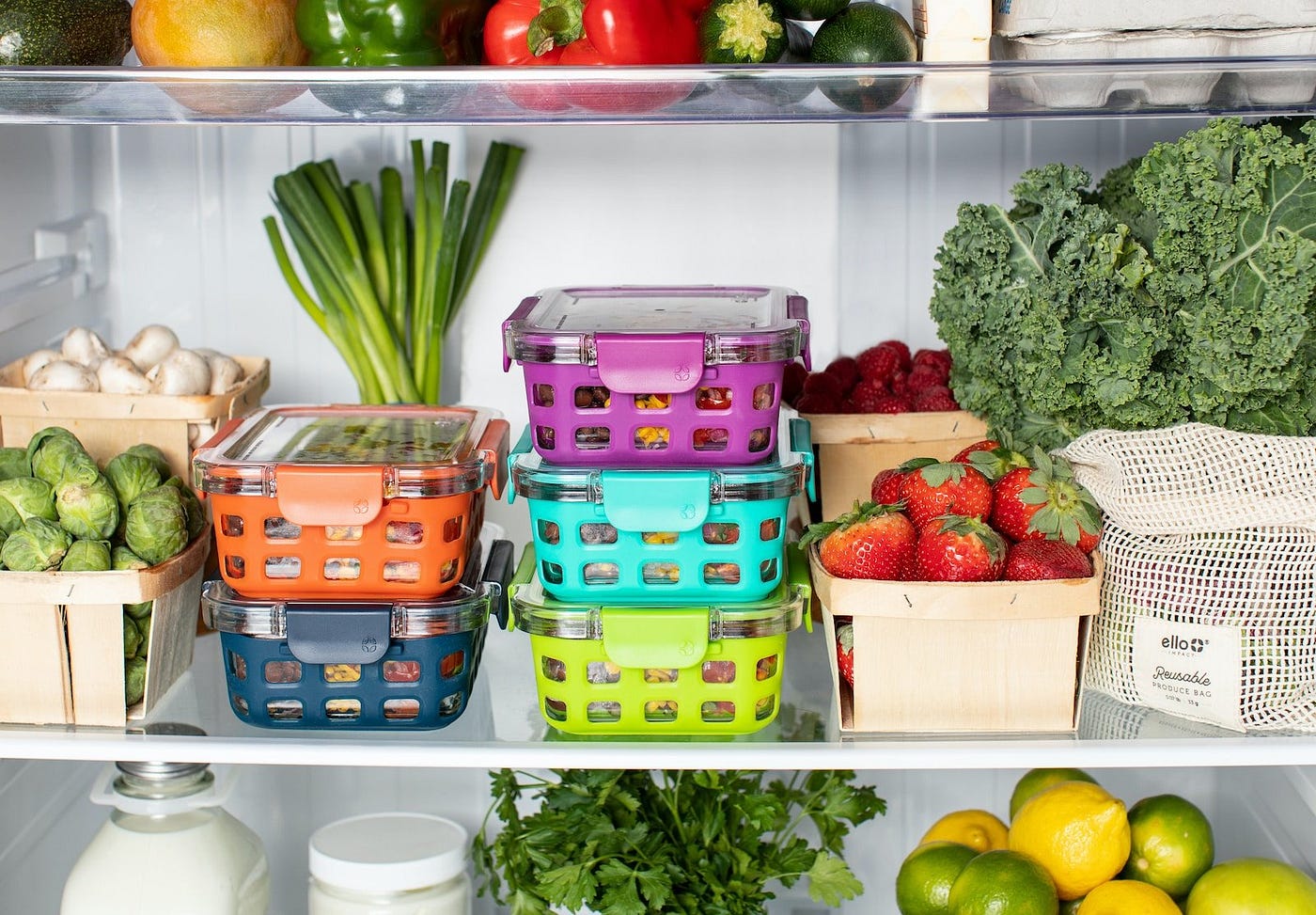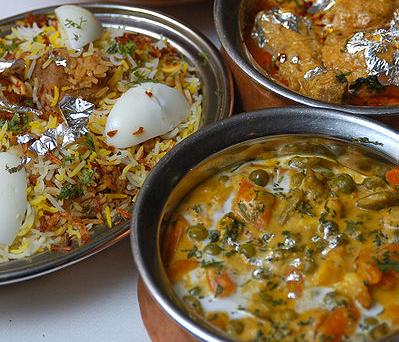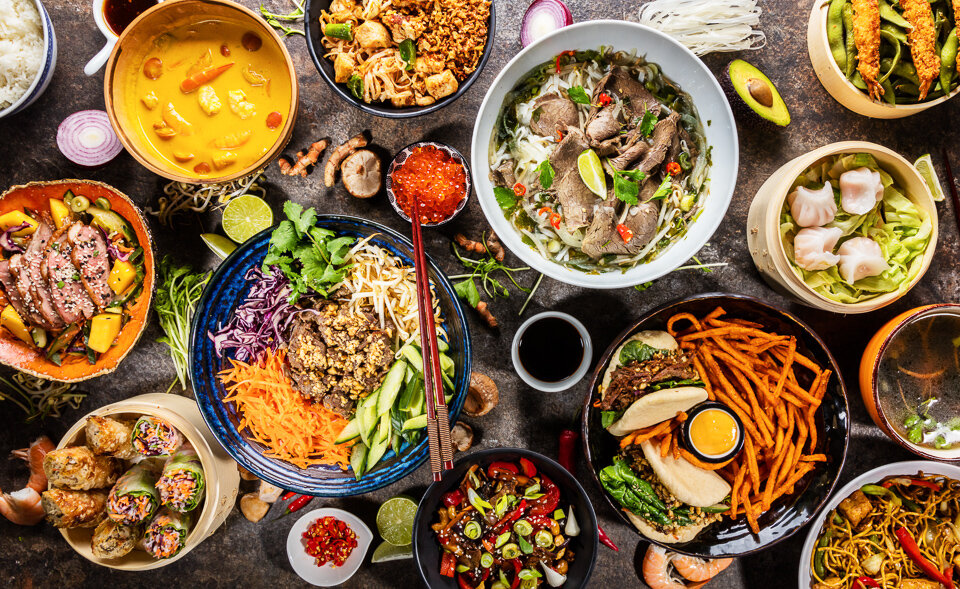The Ultimate Guide to Achieving Optimal Food Preservation and Storage
Food preservation and storage are crucial factors in maintaining the quality and safety of the food we consume. Whether you’re an avid home cook, a busy professional, or a budget-conscious individual, knowing how to preserve and store food properly can help reduce waste, extend shelf life, and save money. In this ultimate guide, we will explore top tips and techniques for achieving optimal food preservation and storage. Read on to discover valuable insights that will revolutionize how you handle your food.
1. Invest in High-Quality Storage Containers:
Using proper storage containers is essential to keep your food fresh for longer periods. Opt for airtight containers made of glass, plastic, or stainless steel. These containers prevent air and moisture from spoiling the food and allow easy stacking within your pantry or refrigerator.
2. Understand the Importance of Temperature:
Maintaining the right temperature is vital for storing different types of food. Your refrigerator’s temperature should be set below 40°F (4°C) to inhibit bacterial growth and maximize freshness. For frozen items, the freezer should be kept at 0°F (-18°C) or colder to preserve quality.
3. Utilize the First-In, First-Out (FIFO) Method:
Implementing the FIFO method ensures that you consume older food before newer ones to avoid unnecessary wastage. When organizing your pantry or refrigerator, place newly purchased items at the back, pushing older items to the front for easy access.
4. Label and Date Your Food:
Labeling and dating your food containers minimize confusion and help keep track of freshness. Use adhesive labels or marker pens to write down the contents and the date of storage. This practice enables you to identify and use foods before they spoil.
5. Optimize the Storage Shelf Life:
Different foods have varying shelf lives. To prolong storage, remove perishable items from their original packaging and transfer them to airtight containers or freezer bags. It reduces exposure to air, moisture, and odors, extending their shelf life. Remember to remove excess air from freezer bags before sealing.
6. Make Use of Vacuum Sealers:
Vacuum sealers provide an effective way to remove air from storage bags, significantly slowing down food deterioration. By eliminating oxygen, you can extend the shelf life of non-perishable items like grains, dried fruits, and nuts.
7. Preserve Garden Produce:
If you have a garden, you can preserve your seasonal produce for future use. Canning, drying, or freezing fruits and vegetables in peak condition ensures access to nutritious homegrown food throughout the year. Follow correct preservation techniques to preserve flavors and nutrients.
8. Understand Suitable Storage for Different Foods:
Certain food items require specific storage conditions to maintain optimal quality. For example, potatoes, onions, and garlic should be stored in a cool, dark, and dry place, away from other produce. Apples and bananas should be stored separately due to the emission of ethylene gas that speeds up the ripening process of other fruits.
9. Rotate Excess Stock:
If you tend to buy food items in bulk, it’s important to rotate your excess stock properly. Use FIFO to ensure that older items get used first and newer ones are stored at the back. Implementing this practice prevents food waste caused by forgotten or expired items.
10. Follow Food Safety Guidelines:
Lastly, always adhere to food safety guidelines to minimize the risk of foodborne illnesses. Wash hands thoroughly before handling food, maintain cleanliness in your storage areas, separate raw and cooked items, and be mindful of cross-contamination. Proper food safety practices go hand in hand with effective food preservation and storage.
By implementing these tips and techniques, you can achieve optimal food preservation and storage, reducing food waste and saving money in the process. Whether you’re a novice cook or a culinary enthusiast, incorporating these strategies into your routine will revolutionize how you manage your food inventory. Start implementing these practices today and enjoy the benefits of longer-lasting, fresher food.











